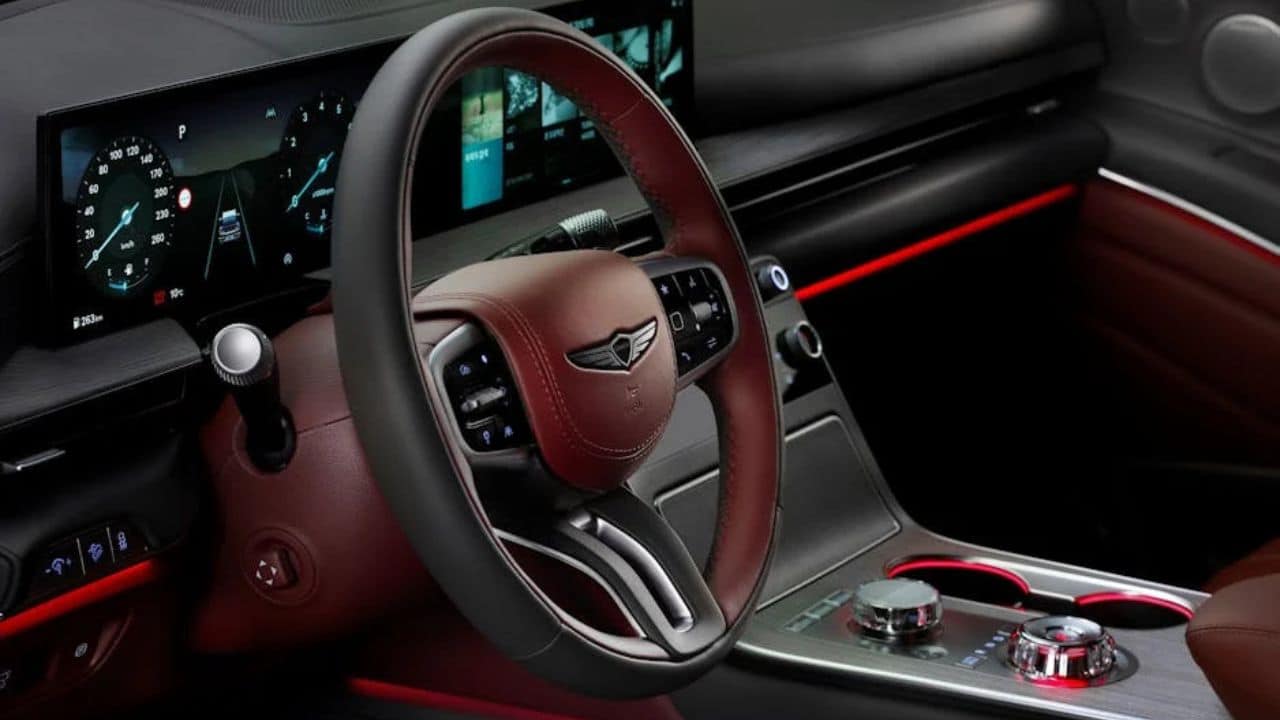Advanced collision avoidance systems have taken the challenge to make roads safer. These technologies are revolutionizing the automotive industry, ensuring safety day after day.
A recent survey suggests that a large-scale rollout of Level 4 robo-taxis could happen by 2030. Fully autonomous trucking, meanwhile, is expected to become viable sometime between 2028 and 2031.
In this article, we will look through how these systems work and the impact they have had in the real world and in the future of collision avoidance in AVs.
A Glimpse of Collision Avoidance Systems in Action
Imagine a car that can identify obstacles, apply automatic emergency braking, and even talk to other vehicles or infrastructure. Collision avoidance technologies in driverless cars are designed to perceive the barriers, predict potential collisions, and prevent motor vehicle crashes. Let’s take a closer look at the core technologies:
1. LiDAR and RADAR
The “eyes” of an AV, LiDAR, create a 3D map of the environment surrounding the vehicle through laser pulses. On the other hand, RADAR uses radio waves to detect objects at a higher distance and even in adverse weather.
As more LiDAR units are added per vehicle, (up to eight units for a fully autonomous vehicle), the market for LiDAR will grow 65.9% CAGR to $15 billion by 2030.
With advanced systems like LiDAR, RADAR, and AI-driven navigation, car fleets are setting new benchmarks for safe autonomous driving.
2. Computer Vision and AI
The next technology on the list is computer vision and AI. These technologies can automatically see and locate objects like other vehicles, pedestrians, and road signs.
Deep learning in object classification enables an AV to find lanes and changes in speed limits. For instance, Tesla uses a neural network that enhances forward collision and lane departure warnings. Plus, it gives adaptation strategies to be followed in steering control in case it senses any obstacles.
For places where road safety initiatives are a priority, these technologies bring hope for reduced accident rates.
3. V2X Communication
V2X makes it possible for AVs to communicate with each other, the infrastructure, and even pedestrians. NHTSA placed a strong emphasis on V2X technology, being central to reducing deaths from traffic. The vehicles will receive information on road conditions and hazards in real-time.
A recent crash in Fayetteville tragically resulted in one death after a car hit a pole, highlighting the ongoing risks on the road. ABC11 reported the tragic incident when a 21-year-old driver lost his life.
The victim’s family can consult a Fayetteville car accident attorney if the negligence factor is involved. This may be the case if another driver caused the crash or the road was damaged.
In either case, technology could have saved the driver. Moreover, Keith Law Group notes that Fayetteville is one of the most dangerous places for drivers in Arkansas. The possibility of accidents here is high, and people should know their rights and safety precautions.
With technology, each of these features combined makes collision avoidance more comprehensive and reliable. As these technologies continue to evolve, human-driven collisions are still a reality.
Examples from the Real World: Industry Players and Innovations
Many leaders in the automotive industry already started to manifest these technologies. Let’s see how some of the leading producers of autonomous vehicles are going about implementing collision avoidance strategies:
- Waymo: Waymo’s AVs in Phoenix and San Francisco have fewer accidents than their human counterparts. Combining LiDAR, RADAR, and V2X communication, Waymo is transforming the very notion of safety in autonomous driving. Lowering road incidents because of the intelligent systems induced by Waymo proves that safety technologies will work.
- Tesla: Tesla’s Autopilot uses adaptive cruise control, lane departure warnings, and object detection systems that will avoid accidents. It includes a powerful computer vision system that is able to not only recognize the presence of other vehicles, pedestrians, and road markings but also update driver assistance technologies over the air.
- Volkswagen: The automaker’s enhanced safety features, including collision avoidance alerts on all of Volkswagen’s U.S. models for the 2024 model year. Powered by V2X technology, fundamental safety features will cut traffic accidents significantly.
Real-world applications demonstrate how AVs with advanced collision avoidance, adaptive cruise control, and other driver assistance technologies are raising the bar for safety and reliability standards for vehicles.
A Way Toward a Safer Future with Autonomous Vehicles
Road safety will, to an extent, be dominated by the presence of collision avoidance systems as technologies advance in autonomous vehicles. These AVs do indeed promise a future in which crashes involving motor vehicles are minimal. Accidents and deaths in relation to traffic fatalities have decreased with the presence of LiDAR, RADAR, and V2X communication.
The leaders in the market are Waymo and Tesla, but new car variants continue to enter this car industry with advanced safety features. Thus, it is becoming the norm to have safer roads and connected vehicle ecosystems.
Each of these improvements will provide much more safety to drivers, pedestrians, and others on the road as the vehicle industry develops. Collisions should now become a lesser threat in this future transportation ahead. This is brought about by some new collision avoidance technologies, new intelligent transportation systems, and progressive automation.





































